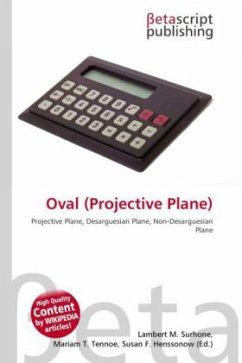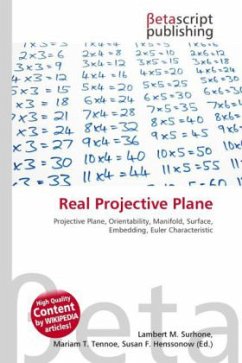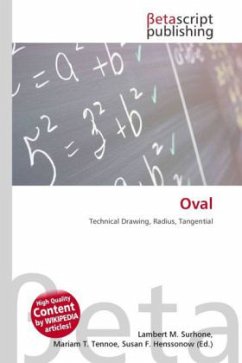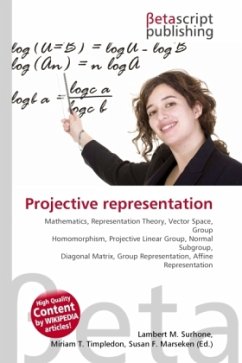Please note that the content of this book primarily consists of articles available from Wikipedia or other free sources online. When q is even, the situation is completely different. In this case, sets of q + 2 points, no three of which collinear, may exist in a finite projective plane of order q and they are called hyperovals; these are maximal arcs of degree 2. Given an oval there is a unique tangent through each point, and if q is even Qvist (1952) showed that all these tangents are concurrent in a point p outside the oval. Adding this point (called the nucleus of the oval) to the oval gives a hyperoval. Conversely, removing one point from a hyperoval immediately gives an oval. Every nonsingular conic in the projective plane, together with its nucleus, forms a hyperoval. For each of these sets, there is a system of coordinates such that the set is...
Bitte wählen Sie Ihr Anliegen aus.
Rechnungen
Retourenschein anfordern
Bestellstatus
Storno








